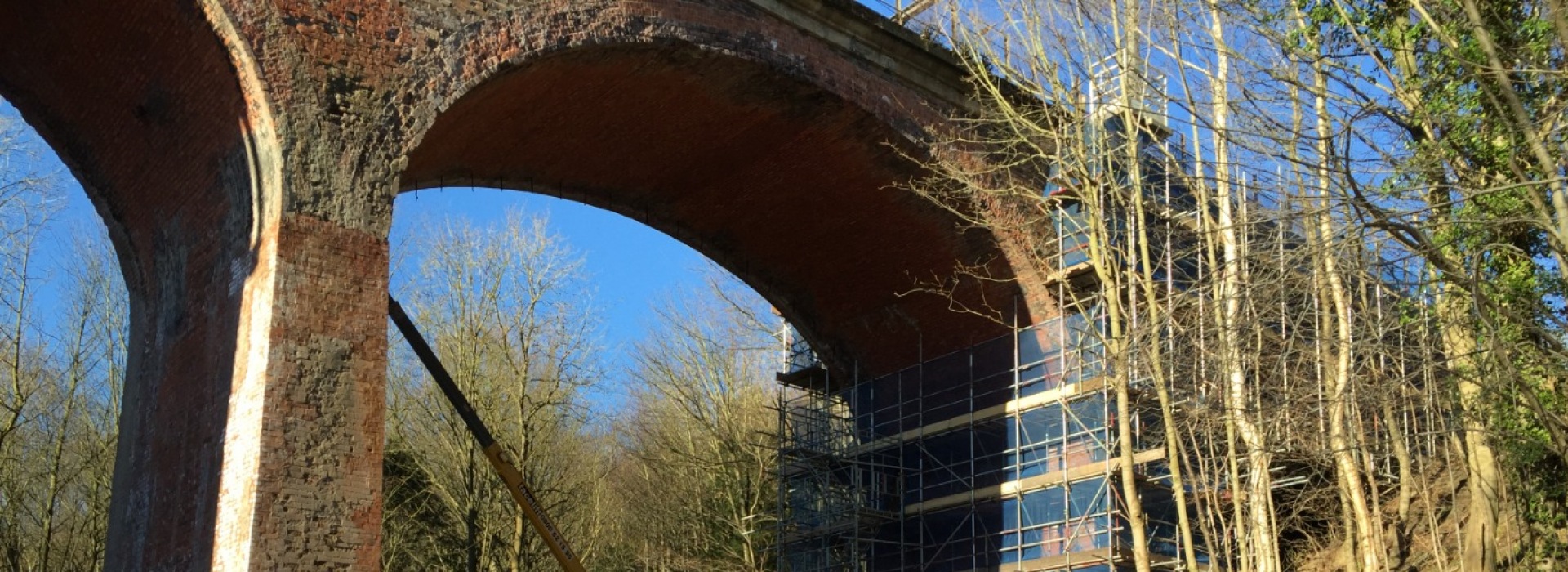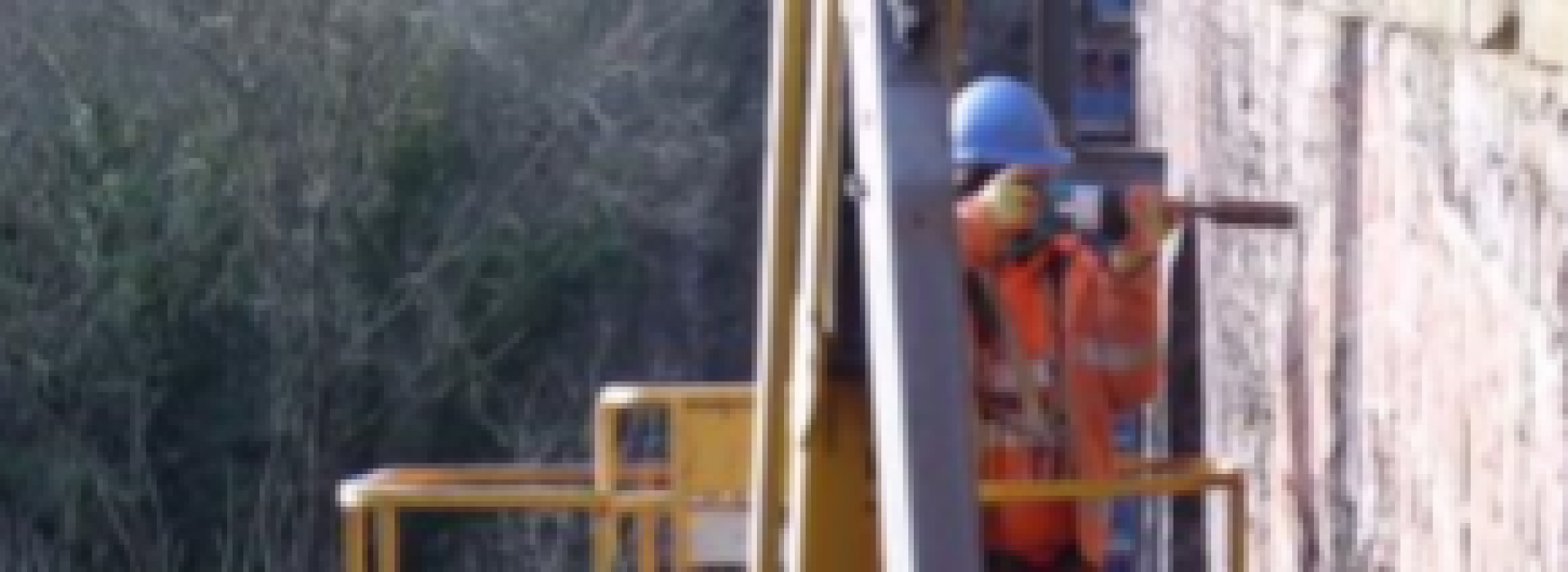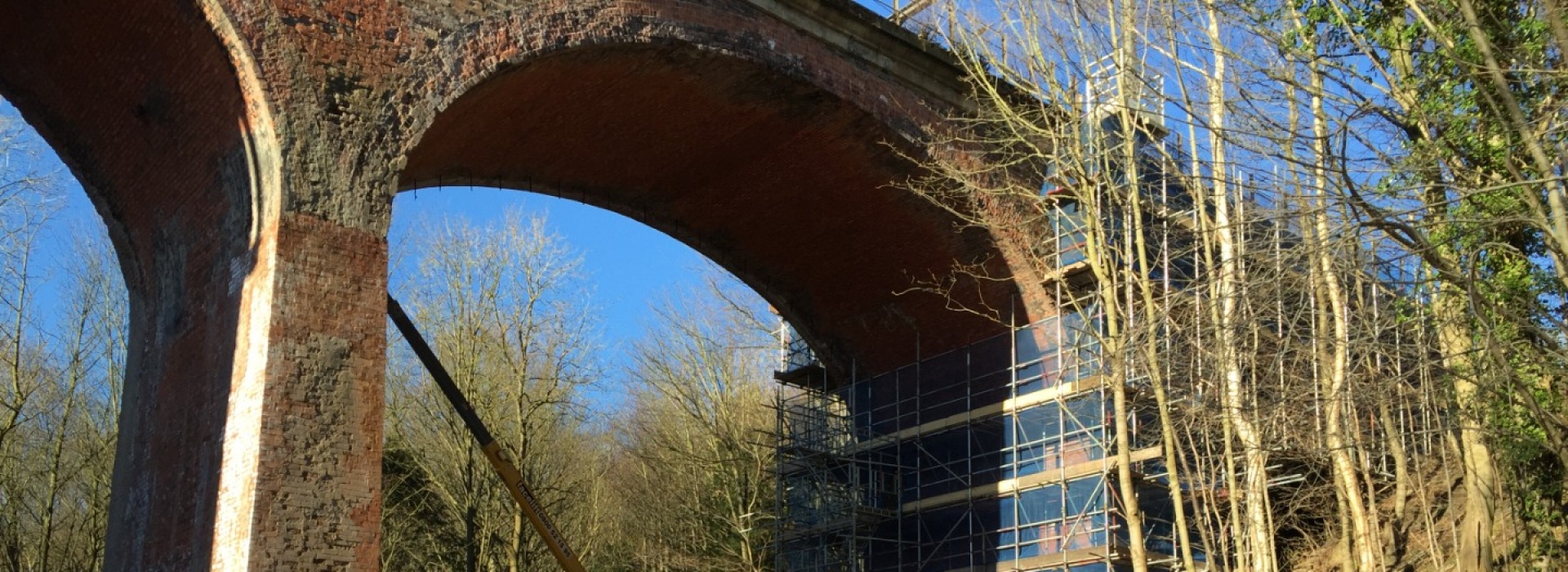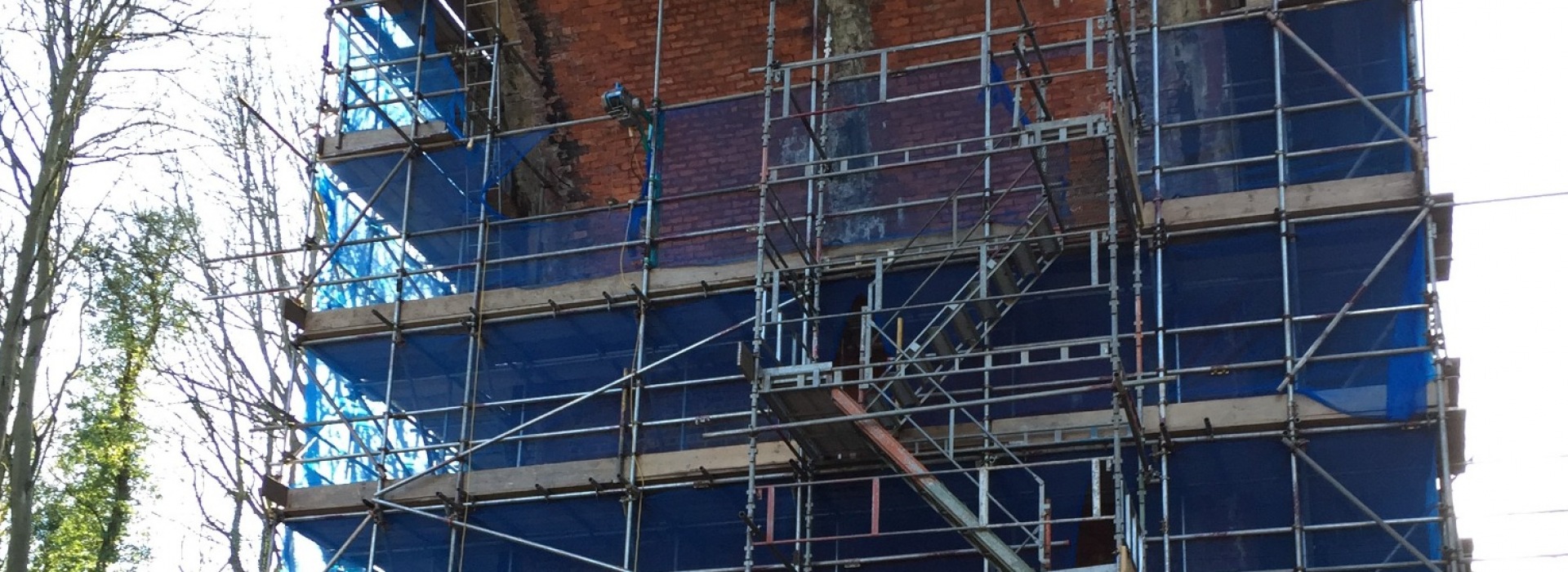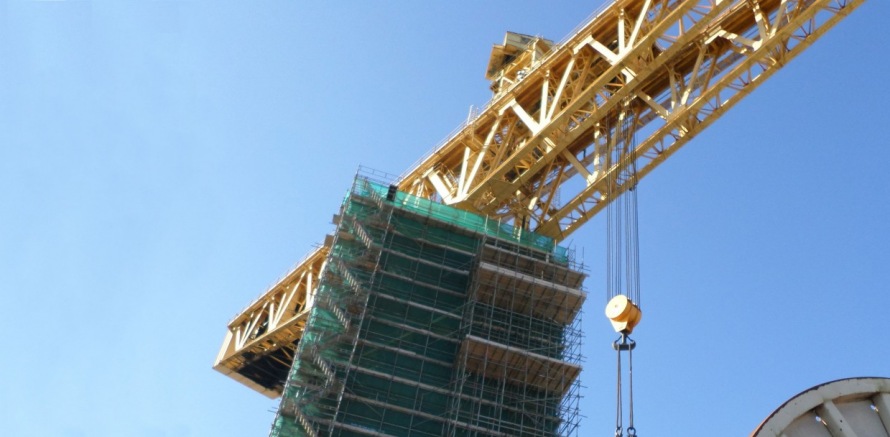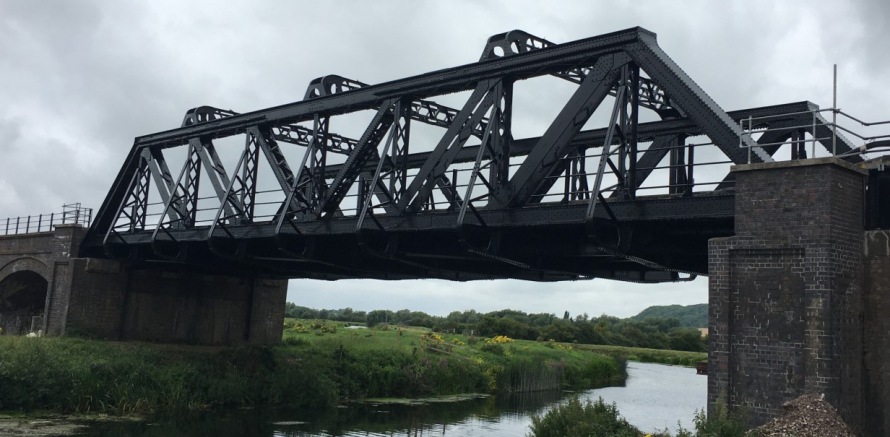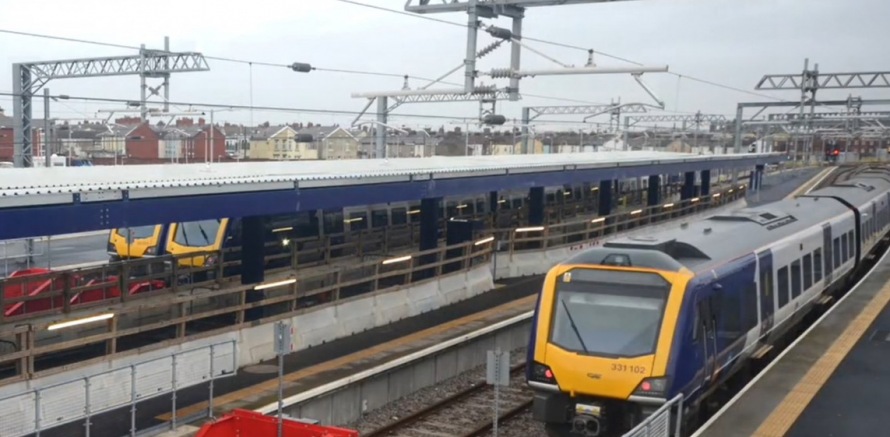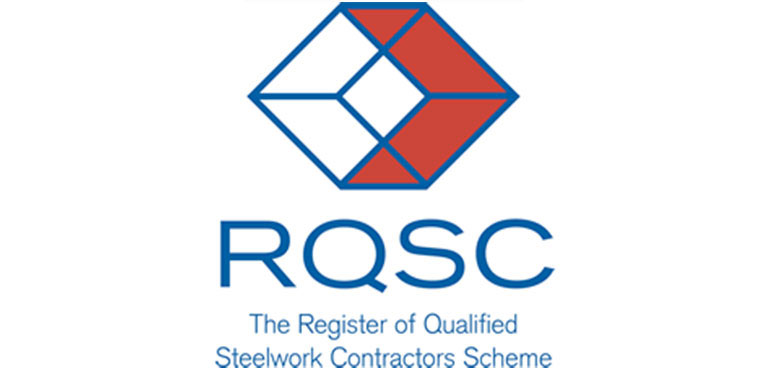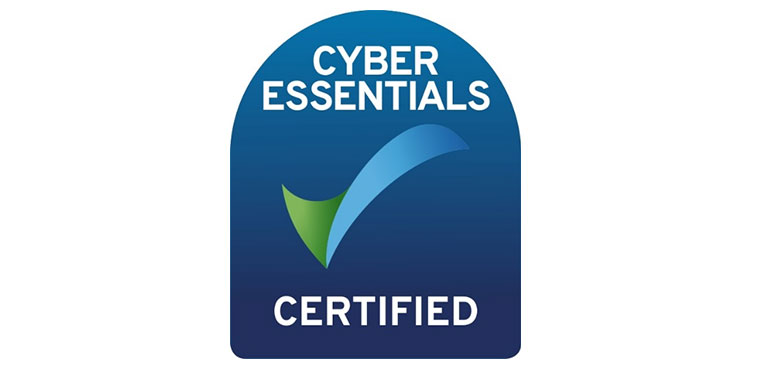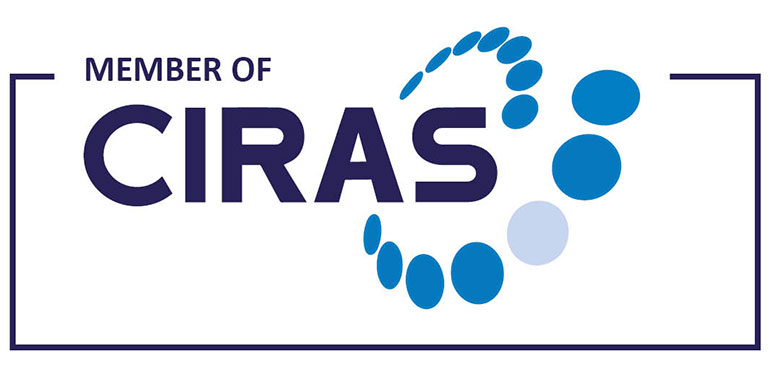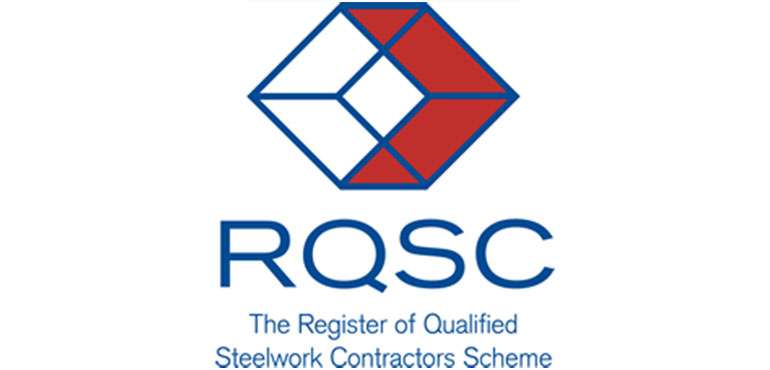Chester Moor Viaduct
 Taziker recently undertook the refurbishment of the Grade II Chester Moor Viaduct. The eight span structure carries the electrified twin tracked York to Newcastle Line over the picturesque South Burn Valley. Its closest station is Chester-Le-Street in Country Durham which sits in the market town of the same name.
Taziker recently undertook the refurbishment of the Grade II Chester Moor Viaduct. The eight span structure carries the electrified twin tracked York to Newcastle Line over the picturesque South Burn Valley. Its closest station is Chester-Le-Street in Country Durham which sits in the market town of the same name.
The viaduct was in desperate need of repair and the damage was accelerating at an alarming rate. As a result, Network Rail commissioned Taziker to replace areas of spalled brickwork and repair the fractures in spans three and seven. As the issues were linked to failing drainage, Taziker was also commissioned to replace the structure’s entire drainage system.
Detailed Breakdown
The site required extensive de-vegetation of all trees and shrubs within a five metre radius of the structure. Particular attention was given to vegetation around the abutment areas as this had been found to be contributing to the damage and spalling. Before our works could begin, an Ecology Report was undertaken to ensure that no plants or wildlife in the surrounding area would be affected by our works. At Taziker, we are environmentally conscious of the effect our works have on the surrounding environment and we try to minimise our impact wherever possible.
The working platform was prepared using two 8t tracked excavators which dug out and levelled the ground. This was followed by the placement of a layer of Teram Geotextile Membrane. Stone and MOT crushed concrete (Ministry of Transport approved) was brought from the local quarry to the site. Once on site, it was consolidated using a Bomag 120 Roller until the area was packed tightly enough to create a working platform. As this project was part of our CP5 package, we recycled the constructed roadways and used them as roadway materials for our other sites.
Our works required the design, provision and installation of bespoke access scaffold to allow us to replace brickwork and repair structural cracks to the end arches. As the land between spans two and seven was more accessible, we utilised mobile elevated work (MEWP) platforms to combat costs.
The brickwork repairs consisted of pointing and grouting on all eight of the structure’s elliptical spans. Where the spalling was more than 20mm thick, the bricks were removed and replaced with British Heritage approved red bricks.
Added Value
During our site investigations we discovered that the root cause of the damage was not the drainage system, which in fact was in good working order. We presented our findings to Network Rail and with their collaboration we modified the scope of the project. Our findings negated the need to replace the existing drainage system and ultimately saved our client the cost of undertaking unnecessary works. We also identified the issue as being partly caused by a large amounts of vegetation which had grown on the structure’s abutment walls. We carried out major de-vegetation to avoid any further damage to the structure.
Working in collaboration with Network Rail we came to the mutual agreement that refurbishing all eight spans was the best option for the longevity of the viaduct. As the underside of the viaduct had large build-ups of calcite deposits, we suggested that the most efficient and cost effective option would be to jet wash the structure. As an alternative to manual cleaning, jet washing allowed us to save on man hours as well as reducing the time taken to complete the project.
Replacing spalled brickwork presented a challenge. As the viaduct was Grade II listed, we had to ensure that any bricks used on the project were English Heritage approved. The low density English Heritage approved red bricks were sourced from a company named Ibstock. The procurement of the bricks was particularly costly, due to the difference in density the bricks cost almost double to that of a regular brick. Although the procurement of bricks equated to a large amount of the costs, Taziker Industrial’s main objective was to preserve the structural and historical integrity of the viaduct. To meet this objective, we worked in collaboration with the Considerate Construction Scheme and Taziker Industrial was awarded the Performance Beyond Compliance Certificate for the quality of our works on Chester Moor.
Learning and Innovation
At Taziker, we strive to bring improvements to our projects wherever possible. Prior to starting our works, we had to deliver plant, equipment and welfare facilities to the site. This required collaboration with the local council to arrange a single road closure on the A167 at both the beginning and the end of the project. The setup of the site compound was not without its difficulties. A small stream from South Burn Valley ran through an arch barrel culvert underneath the viaduct’s fifth span. The weight of transporting plant and equipment over the culvert had the potential to cause damage. Taziker combatted this through the installation of aluminium trackway. The trackway was installed through the use of a mini digger before being bolted together. The installation of temporary aluminium roadway panels distributed the weight of our site vehicles evenly over the arch culvert and reduced the strain of our works on the structure.
The brickwork repairs at Chester Moor consumed a considerable amount of time in waiting for the mortar to dry. Taziker decided to alter the existing method and use an additive which makes mortar dry at a faster rate. This accelerant reduced the amount of man hours required on site and shortened our project by two weeks. Ultimately delivering Taziker's efficiencies back to the client.
Oct 2015 - Mar 2016
The scope of the works included:
The main scope of works for this project were:
- De-vegetation of all trees and shrubs within a 5m footprint of structure
- Removal of all topsoil and tree roots to create a level platform
- Installation of level working platforms using Ministry of Transport approved (MOT) type 1 aggregate
- Installation of temporary aluminium roadway panels over existing arch culvert
Brickwork repairs to all eight of the structure’s elliptical spans, including:
- The removal of existing spalled bricks greater than 20mm
- The replacement of brickwork with English Heritage Approved red bricks
- Repointing of brickwork
- Grouting voids in the structure
- Jet washing the structure and removal of built up calcite deposits
